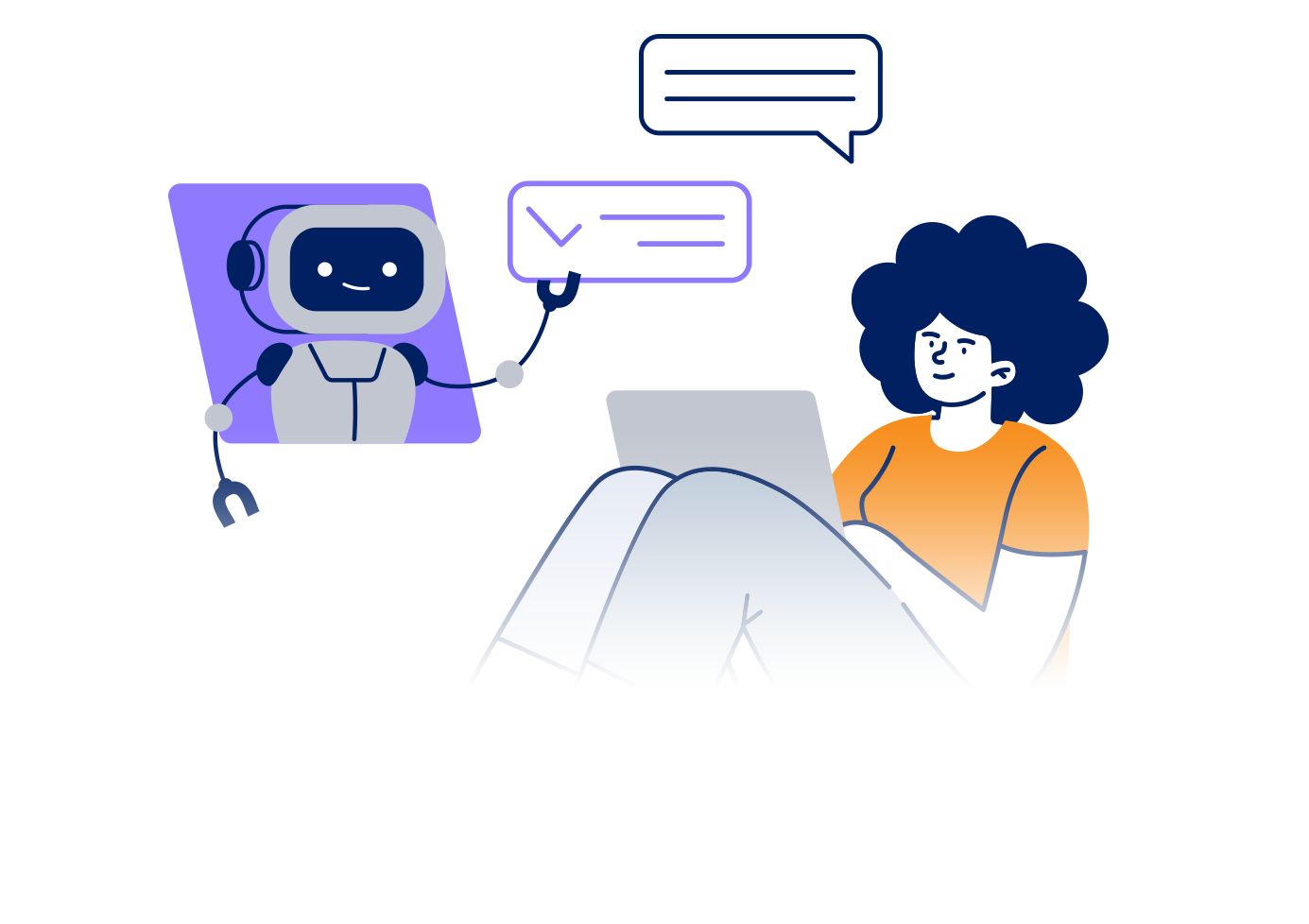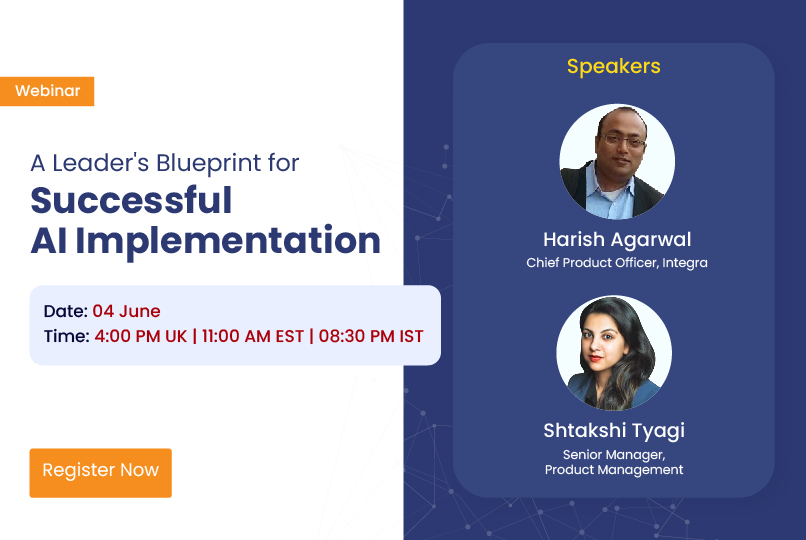Author: Nikhil. Mahamuni
Conversational AI and RAG: Bridging the Gap Between Accuracy and Relevance
Conversational AI: The need for Accuracy and Relevance
Conversational AI has evolved significantly from simple rule-based chatbots to advanced systems enabled by large language models (LLMs). These advancements have led to more natural and contextually appropriate interactions. Despite these improvements, maintaining the accuracy and relevance of responses remains a challenge due to reliance on static pre-trained data.
Retrieval-Augmented Generation (RAG) is an innovative approach combining retrieval-based and generative models. RAG addresses the limitations of traditional conversational AI by incorporating a retrieval mechanism that accesses relevant information from both internal and external databases in real time.
For businesses implementing conversational solutions, whether for customer support, medical advice, or general information, accuracy and relevance are crucial.
The Mechanics of Retrieval-Augmented Generation (RAG)
RAG leverages the unique advantages of both retrieval-based and generative models. When a user query is received, the retrieval component searches a vast corpus of external data sources, such as databases, documents, or web pages. This process identifies the most relevant information, which is then fed into a generative model to produce a coherent and accurate response.
The integration of retrieval and generation ensures generated responses are both accurate and relevant. Retrieval-based models are excellent at fetching precise information. They often struggle, though, to generate nuanced, natural language responses. Generative models can produce fluid and contextually rich text but might rely on outdated or incorrect data. Merging these approaches allows RAG systems to harness the precision of retrieval mechanisms and the language generation capabilities of models, enhancing response accuracy and relevance.
Architecture of RAG Systems
Key components of a RAG system include:
- Data Sources: Internal document repositories and external databases accessible by the retrieval mechanism.
- Retrieval Mechanism: Utilizes advanced search techniques such as semantic search with text embeddings to find contextually relevant documents.
- Generative Model: An AI model, typically based on transformer architecture, synthesizes the retrieved information into a coherent response.
- Indexing and Embeddings: External documents are pre-processed to create embeddings, stored in an indexed format for efficient retrieval.
- Query Processing: The user query is processed to match the most relevant documents from the indexed data sources.
- Response Synthesis: The generative model uses the retrieved information to generate a final response that aligns closely with the query’s intent.
Each component must work seamlessly to deliver accurate and contextually appropriate responses. The retrieval mechanism works best when the indexing and embedding processes are high-quality. The generative model performs well when the retrieved documents are relevant.
Enhancing Accuracy with Real-Time Information Retrieval
RAG enhances the accuracy of conversational AI by utilizing real-time information retrieval. Traditional AI models are limited by static training data that can quickly become outdated. RAG incorporates a dynamic retrieval mechanism to fetch the most current and relevant information from external sources, ensuring responses are based on the latest available data.
RAG’s integration of retrieval and generation allows for deeper contextual understanding of user queries, resulting in more relevant responses. The retrieval component finds contextually appropriate information, synthesized by the generative model into a coherent and context-aware response. This dual approach ensures AI not only provides accurate information but also tailors responses to the specific context of the query.
Challenges and Limitations of RAG
Data Quality and Retrieval Issues
The effectiveness of RAG relies on the quality of external data sources. Low-quality or outdated data can result in inaccurate responses, compromising the reliability of RAG outputs. Continuous monitoring and updating of data sources are crucial. Additionally, the retrieval process can pose challenges, such as accurately indexing vast datasets and effectively matching queries with relevant documents.
Balancing Speed and Computational Resources
Balancing response speed and computational resources is another significant challenge. The retrieval process can introduce latency, which is problematic in real-time applications. Efficiently managing resources while ensuring fast and accurate responses requires sophisticated optimization techniques and robust infrastructure.

Implementing RAG in Conversational AI
Implementing a RAG system requires several essential steps:
- Data Collection and Preparation: Gather and preprocess diverse external data sources. Preprocessing involves cleaning data and converting it into a format suitable for indexing and retrieval.
- Indexing and Embedding Creation: Create embeddings for the collected data using semantic search algorithms. These embeddings are indexed in a database for fast and accurate retrieval.
- System Architecture Design: Integrate the retrieval mechanism with the generative model, ensuring efficient handling of both components.
- Model Training and Fine-Tuning: Train and fine-tune the generative model using the indexed data, adapting pre-trained language models to the RAG system’s specific requirements.
- Testing and Validation: Rigorously test the RAG system to evaluate performance, including accuracy, relevance, and latency of responses.
- Deployment and Monitoring: Deploy the RAG system in a real-world environment, continuously monitoring performance and incorporating new data as it becomes available.
Optimizing Conversational AI + RAG Performance
- Regular Data Updates: Ensure data sources are regularly updated to maintain response relevance and accuracy.
- Efficient Query Processing: Optimize the query processing pipeline to minimize latency, using techniques such as caching and efficient search algorithms.
- Scalable Infrastructure: Design a scalable system infrastructure capable of managing increasing data and user queries while maintaining optimal performance.
- Robust Evaluation Metrics: Implement metrics such as precision, recall, and F1 score to continuously assess system performance.
- User Feedback Integration: Incorporate user feedback to identify improvement areas and fine-tune the model.
The Future of Conversational AI and RAG
The future of RAG in conversational AI involves significant advancements driven by ongoing research and innovation. Emerging trends include more sophisticated retrieval mechanisms leveraging semantic search and natural language understanding, enhancing the accuracy and relevance of retrieved information.
Hybrid models combining multiple AI techniques, such as reinforcement learning and transfer learning, are expected to optimize RAG system performance. These models can adapt to new information and user interactions more effectively, ensuring conversational AI remains up-to-date and contextually aware.
Real-time data streams and continuous learning mechanisms will become more prevalent, allowing RAG systems to constantly learn from new data and improve their response accuracy and relevance. Ensuring the protection of sensitive information accessed by RAG systems will be crucial, with innovations in encryption and secure data access protocols playing a significant role. As RAG technology evolves, the impact of conversational AI across various industries is set to grow.


